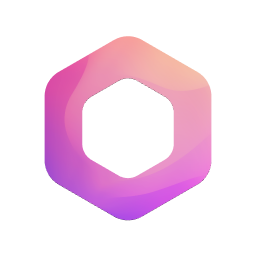Parthean

Alex | Last updated: January 2, 2023
Parthean is a startup that focuses on affordable personal finance education and automation. I worked there for about a year building consumer technology from scratch before leaving to pursue other goals. During my time at Parthean, I was responsible for contributing to and maintaining four codebases:
- Mobile Application (React Native, Expo, TypeScript, Firebase, Google Cloud Functions)
- Node.js Environment (Google Cloud Functions)
- In-House Desktop Coaching Tool (React, TypeScript)
- Digital Marketing Web Assets (React, TypeScript)
Mobile Application
My biggest contribution to the company was rebuilding much of the mobile application from scratch—given the pace at which startups move, I doubt much of that original work, if any, still exists in the application.
The technologies I used included:
- React Native (TypeScript) for the application’s frontend interface and state management.
- Google Firestore for backend data storage of educational content, user data, and user financial information.
- Node.js and Google Cloud Functions for our backend to interface with APIs such as Plaid via webhooks to update data and process errors
Features
Using these tools, I built features such as:
- Bank Account Connections (Plaid Integration)
- Used Plaid Link and OAuth to integrate a streamlined login experience so end-users could authenticate and permission financial data with the Parthean app.
- Used Google Cloud Functions to set up listeners to receive Plaid Webhook notifications to ensure our backend database contained up-to-date user financial information.
- Financial Toolkit
- Net Worth—Users could see their current net worth, as well as their net worth over time in numerical and graphical form
- Budgeting—Users could classify their spending using Plaid’s transaction data categories or creating custom categories (or a mix of both) and allot different portions of their income to the spending categories they choose to use
- Transactions—Users could see and update their transaction history
- Investments—Users could see their investments in graph form
- Educational Content
- We served modules (series of videos surrounding a financial topic) to teach financial literacy
- Built visual progress trackers so users could keep track of modules they’ve completed and videos they’ve watched within a module
Performance Improvements via Refactoring State Management
I performed component refactorization to improve app speed performance and reduce redundant code:
- Migrated the bulk of our state management to Redux.
- Reorganized Context wrappers to eliminate many unnecessary rerenders.
Coaching Dashboard
I built an in-house desktop application for coaches to interact with users via chat, see user financial information (with user permission) to make better recommendations, and gauge user activity/engagement. The tool also allowed coaches to manage in-app content—upload videos, create/edit/delete modules and create/edit/delete “playbooks” (personalized educational tracks containing modules and to-dos) for users.
Product Marketing
I was also responsible for building some of the tooling and assets for digital marketing.